Home>Home Appliances>Laundry Appliances>What Does E4 Mean On A Washing Machine


Laundry Appliances
What Does E4 Mean On A Washing Machine
Modified: August 17, 2024
Discover the meaning of E4 on a washing machine and how to troubleshoot it. Get expert tips on laundry appliances and maintenance.
(Many of the links in this article redirect to a specific reviewed product. Your purchase of these products through affiliate links helps to generate commission for Storables.com, at no extra cost. Learn more)
Understanding the E4 Error Code
When you encounter the E4 error code on your washing machine, it's essential to understand its implications. The E4 error code is a signal from your washing machine that something isn't quite right. It's like a secret message from your appliance, telling you that it needs attention. Understanding this code is the first step to resolving the issue and getting your laundry routine back on track.
The E4 error code typically indicates a problem with the drainage system of the washing machine. This means that the appliance is unable to drain the water properly, leading to a disruption in the washing cycle. When the machine detects this issue, it displays the E4 error code to alert you to the problem.
In most cases, the E4 error code is linked to a blockage in the drainage system. This could be caused by a variety of factors, such as a clogged filter, a kinked drain hose, or an obstruction in the drain pump. When the drainage system is compromised, the washing machine is unable to expel the water as intended, resulting in the E4 error code.
Understanding the E4 error code also involves recognizing the potential impact on your laundry routine. When your washing machine displays this code, it signifies that the appliance is unable to complete the current cycle. This can be frustrating, especially if you have a pile of laundry waiting to be washed. However, by delving into the meaning of the E4 error code, you can take proactive steps to address the issue and restore your washing machine to full functionality.
By gaining insight into the significance of the E4 error code, you are better equipped to tackle the problem head-on. Whether you choose to troubleshoot the issue yourself or seek professional assistance, understanding the E4 error code empowers you to make informed decisions and effectively resolve the underlying drainage issue.
In essence, the E4 error code serves as a communication tool between your washing machine and you, alerting you to a specific problem within the appliance's drainage system. By comprehending the implications of this code, you can embark on the journey to rectify the issue and ensure that your washing machine operates smoothly once more.
Key Takeaways:
- When your washing machine shows the E4 error code, it means there’s a drainage problem. It’s like a secret message from your machine asking for help to clear the blockage and get back to washing your clothes.
- To prevent the E4 error, keep the filter, drain hose, and pump clean. Also, don’t overload the machine and use high-efficiency detergents. These simple steps can help your washing machine run smoothly.
Read more: What Does 4E Mean On A Samsung Washer
Common Causes of the E4 Error Code
The E4 error code on a washing machine often stems from various common causes, all of which can disrupt the appliance's drainage system. Understanding these underlying factors is crucial in effectively addressing the issue and restoring the functionality of the washing machine. Here are some of the common causes of the E4 error code:
-
Clogged Filter: One of the primary culprits behind the E4 error code is a clogged filter. Over time, dirt, lint, and other debris can accumulate in the filter, obstructing the flow of water and impeding the drainage process. This blockage triggers the E4 error code, signaling that the filter requires cleaning to facilitate proper water drainage.
-
Kinked Drain Hose: A kinked or twisted drain hose can also lead to the E4 error code. When the drain hose is not positioned correctly or becomes entangled, it restricts the smooth flow of water out of the washing machine. As a result, the appliance detects the drainage issue and displays the E4 error code to indicate the problem.
-
Obstruction in the Drain Pump: The presence of foreign objects or debris in the drain pump can impede its functionality, causing the E4 error code to appear. Items such as small articles of clothing, coins, or other foreign materials can obstruct the drain pump, hindering the proper expulsion of water from the washing machine.
-
Improper Installation: Incorrect installation of the drain hose can contribute to the E4 error code. If the drain hose is not positioned at the appropriate height or if it is inserted too far into the standpipe, it can lead to drainage issues, triggering the E4 error code during the washing cycle.
-
Drainage System Blockage: Beyond the filter, drain hose, and drain pump, a general blockage in the drainage system can prompt the E4 error code. This blockage may be caused by a buildup of residue, soap scum, or other foreign materials within the plumbing connected to the washing machine.
Understanding these common causes of the E4 error code is pivotal in diagnosing and resolving the issue. By identifying the specific factor contributing to the error, you can take targeted measures to rectify the problem and restore the optimal functionality of your washing machine.
Troubleshooting the E4 Error Code
Resolving the E4 error code on your washing machine involves a systematic approach to troubleshooting the underlying drainage issue. By following these steps, you can effectively address the error and restore your appliance to seamless operation.
-
Check the Filter: Begin by inspecting the filter of your washing machine. Locate the filter access panel, which is typically situated at the front of the appliance. Open the panel and carefully remove the filter. Clean any accumulated debris, such as lint, dirt, or foreign objects, and ensure that the filter is free from blockages. Once cleaned, reinsert the filter securely.
-
Examine the Drain Hose: Next, assess the drain hose for any kinks, twists, or obstructions. Ensure that the hose is positioned correctly and free from entanglement. Straighten out any kinks and remove any obstructions that may impede the flow of water. Proper positioning and alignment of the drain hose are essential for unobstructed water drainage.
-
Inspect the Drain Pump: Take a closer look at the drain pump of the washing machine. Check for any foreign objects or debris that may be obstructing the pump's functionality. Clear any blockages within the pump to facilitate smooth water expulsion during the washing cycle.
-
Verify the Drainage System: Assess the overall drainage system connected to the washing machine. Inspect the standpipe and plumbing for any blockages or restrictions. Ensure that the drainage pathway is clear and free from any buildup of residue or foreign materials that could impede water flow.
-
Reset the Washing Machine: In some cases, resetting the washing machine can help clear the E4 error code. Turn off the appliance, unplug it from the power source, and wait for a few minutes. Then, plug the machine back in and restart it. This simple reset may resolve the error and allow the washing machine to resume normal operation.
-
Seek Professional Assistance: If the E4 error code persists despite troubleshooting efforts, it may be necessary to seek professional assistance. A qualified technician can conduct a thorough assessment of the washing machine, diagnose the underlying issue, and perform any necessary repairs to rectify the drainage problem.
By systematically troubleshooting the E4 error code and addressing the specific factors contributing to the drainage issue, you can effectively restore the optimal functionality of your washing machine. These proactive measures empower you to tackle the error with confidence and ensure that your appliance operates smoothly during every laundry cycle.
E4 on a washing machine usually indicates a problem with the water supply. Check the water hoses for kinks or blockages, and ensure the water supply is turned on. If the issue persists, it may require professional repair.
Preventing the E4 Error Code
Preventing the E4 error code on your washing machine involves proactive measures to maintain the optimal functionality of the appliance's drainage system. By implementing these preventive strategies, you can minimize the risk of encountering the E4 error code and ensure smooth and uninterrupted laundry cycles.
-
Regular Maintenance: Engaging in regular maintenance practices is crucial for preventing the E4 error code. This includes cleaning the filter of the washing machine at recommended intervals to prevent the accumulation of debris that could obstruct the drainage system. Additionally, inspecting and cleaning the drain hose and drain pump can help maintain unobstructed water flow, reducing the likelihood of encountering the E4 error code.
-
Proper Loading: Ensuring proper loading of the washing machine can contribute to preventing the E4 error code. Overloading the appliance with an excessive amount of laundry can strain the drainage system, potentially leading to issues that trigger the E4 error code. By adhering to the recommended load capacity for each cycle, you can alleviate undue stress on the drainage system and minimize the risk of encountering errors.
-
Mindful Item Placement: Pay attention to the items being laundered and avoid washing garments with large or loose items, such as bedding or bulky clothing, that could potentially obstruct the drainage system. By being mindful of the items placed in the washing machine, you can reduce the likelihood of blockages that may prompt the E4 error code.
-
Proper Installation: Ensuring the correct installation of the drain hose is essential for preventing the E4 error code. Position the drain hose at the recommended height and avoid inserting it too far into the standpipe. Proper installation facilitates efficient water drainage and reduces the risk of encountering drainage-related errors.
-
Use of High-Efficiency Detergents: Opting for high-efficiency detergents can contribute to preventing the E4 error code. These detergents are formulated to produce less suds, reducing the likelihood of residue buildup in the drainage system. By using high-efficiency detergents, you can help maintain the cleanliness of the drainage pathways and minimize the risk of errors.
By incorporating these preventive measures into your laundry routine, you can significantly reduce the likelihood of encountering the E4 error code on your washing machine. Proactive maintenance, mindful laundry practices, and adherence to recommended guidelines contribute to the optimal functionality of the appliance's drainage system, ensuring seamless and trouble-free laundry experiences.
Conclusion
In conclusion, the E4 error code on a washing machine serves as a crucial indicator of underlying drainage issues that can disrupt the appliance's functionality. Understanding the implications of this error code empowers users to take proactive steps in addressing the specific factors contributing to the problem. By delving into the common causes of the E4 error code, troubleshooting the issue, and implementing preventive measures, individuals can effectively navigate and resolve drainage-related issues, ensuring the seamless operation of their washing machines.
The common causes of the E4 error code, including a clogged filter, kinked drain hose, obstruction in the drain pump, improper installation, and general drainage system blockage, shed light on the various factors that can trigger this error. By recognizing these underlying causes, users can systematically troubleshoot the issue, beginning with inspecting and cleaning the filter, assessing the drain hose and pump, and verifying the overall drainage system. Additionally, the option to reset the washing machine or seek professional assistance provides a comprehensive approach to addressing the E4 error code, catering to varying levels of complexity in resolving the issue.
Furthermore, the implementation of preventive measures, such as regular maintenance, proper loading practices, mindful item placement, correct installation of the drain hose, and the use of high-efficiency detergents, plays a pivotal role in minimizing the risk of encountering the E4 error code. These proactive strategies contribute to the overall health and efficiency of the washing machine's drainage system, reducing the likelihood of disruptions during laundry cycles.
By understanding, troubleshooting, and preventing the E4 error code, users can maintain the optimal functionality of their washing machines, fostering a seamless and trouble-free laundry experience. Whether it involves routine maintenance practices, diligent inspection of the drainage components, or adherence to recommended guidelines, addressing the E4 error code empowers individuals to uphold the efficiency and reliability of their washing machines.
In essence, the E4 error code, while indicative of drainage issues, serves as a catalyst for proactive maintenance and informed decision-making, ultimately ensuring that the washing machine operates at its best, delivering clean and fresh laundry with every cycle.
Frequently Asked Questions about What Does E4 Mean On A Washing Machine
Was this page helpful?
At Storables.com, we guarantee accurate and reliable information. Our content, validated by Expert Board Contributors, is crafted following stringent Editorial Policies. We're committed to providing you with well-researched, expert-backed insights for all your informational needs.
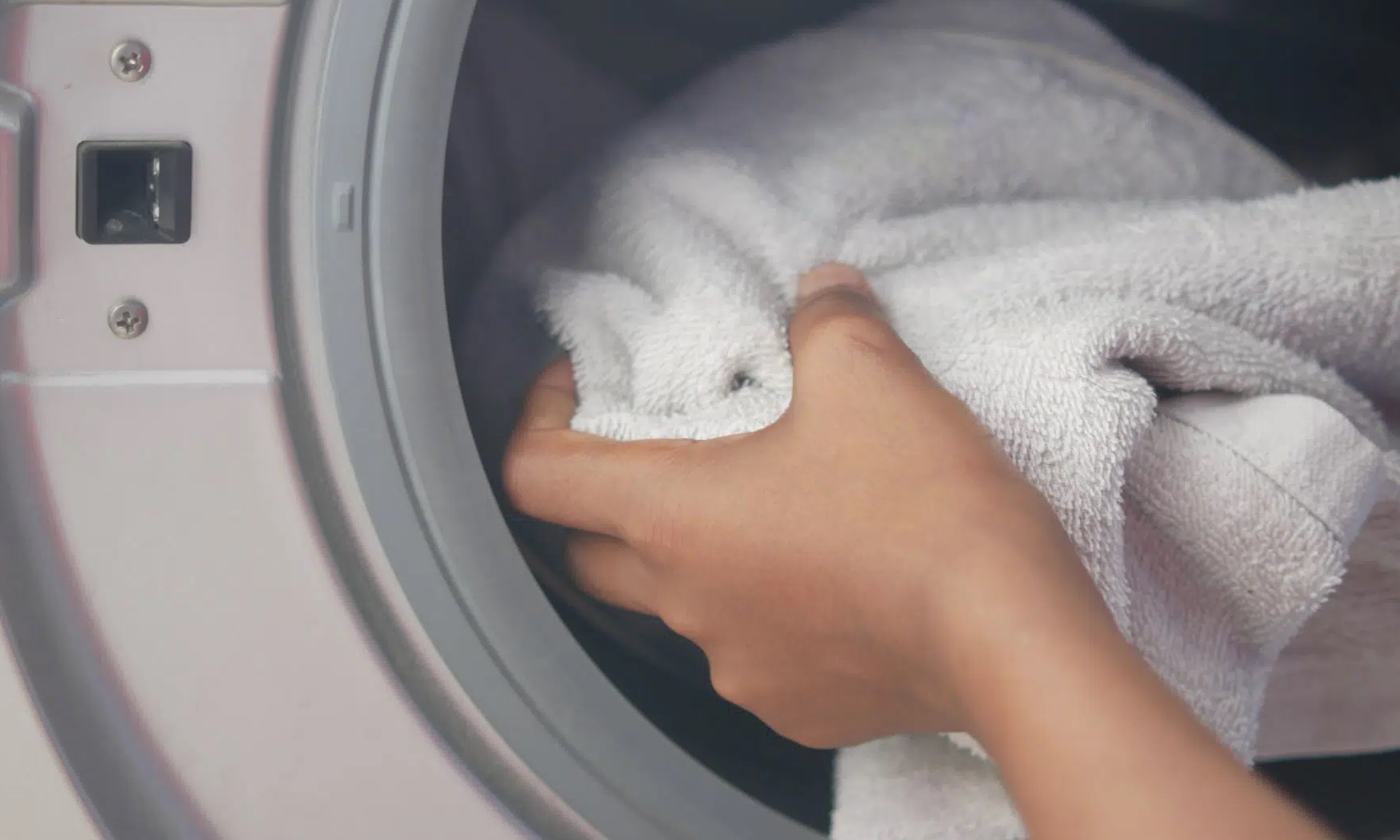
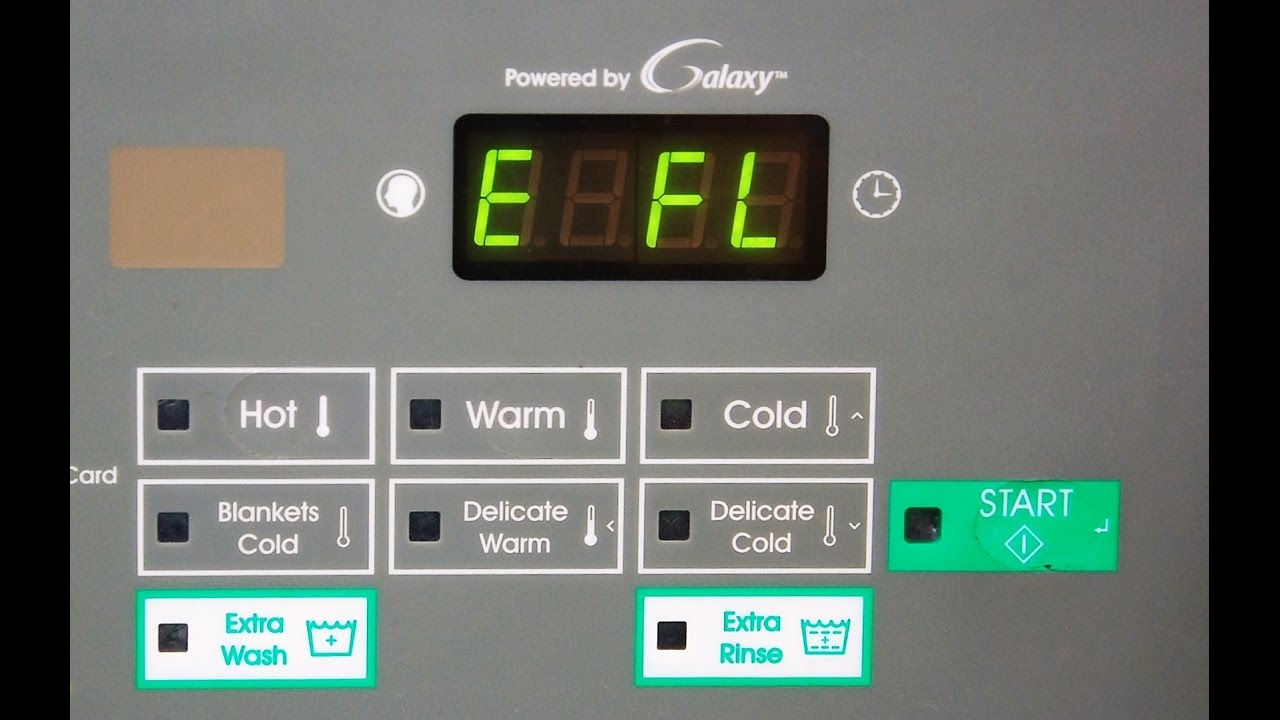
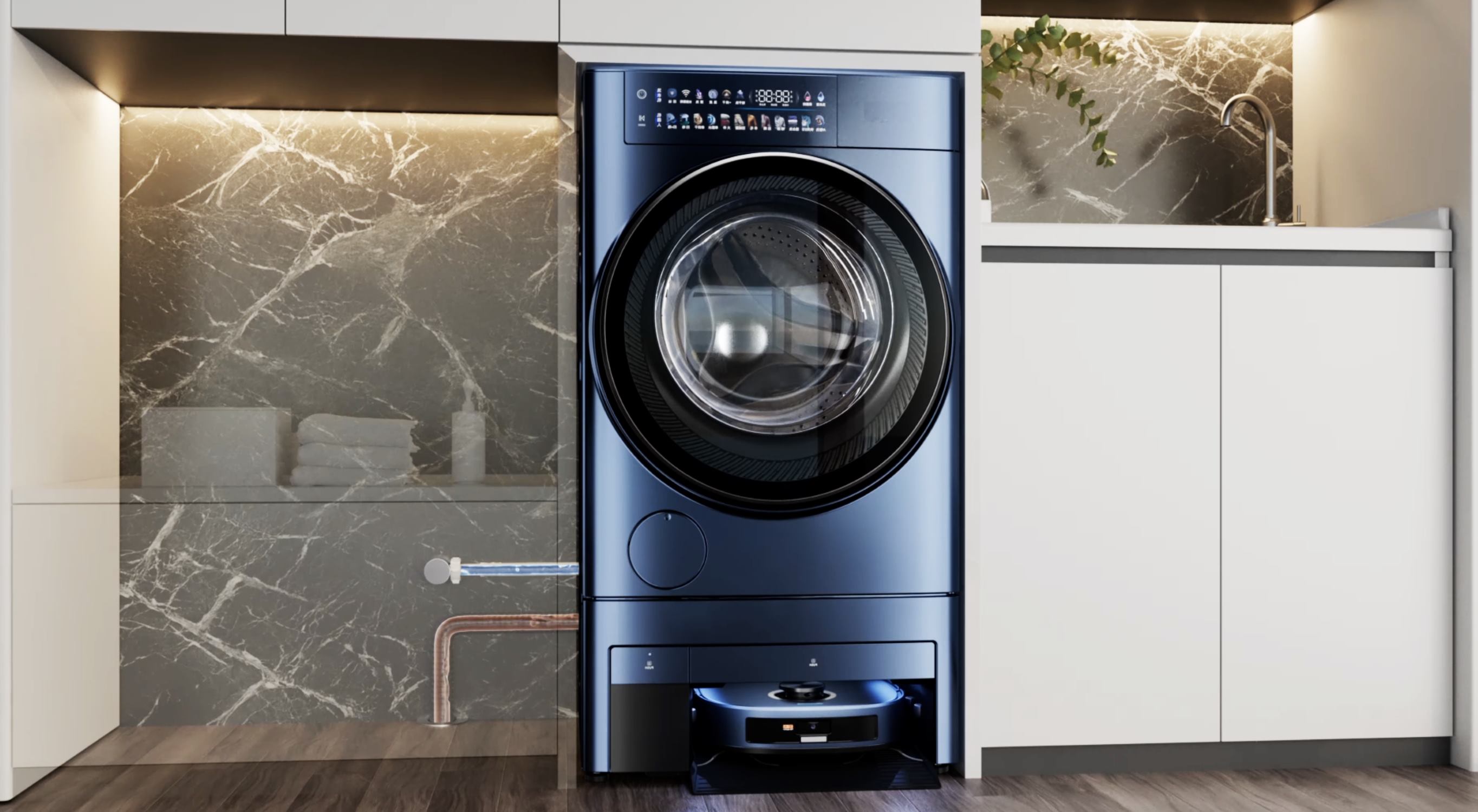
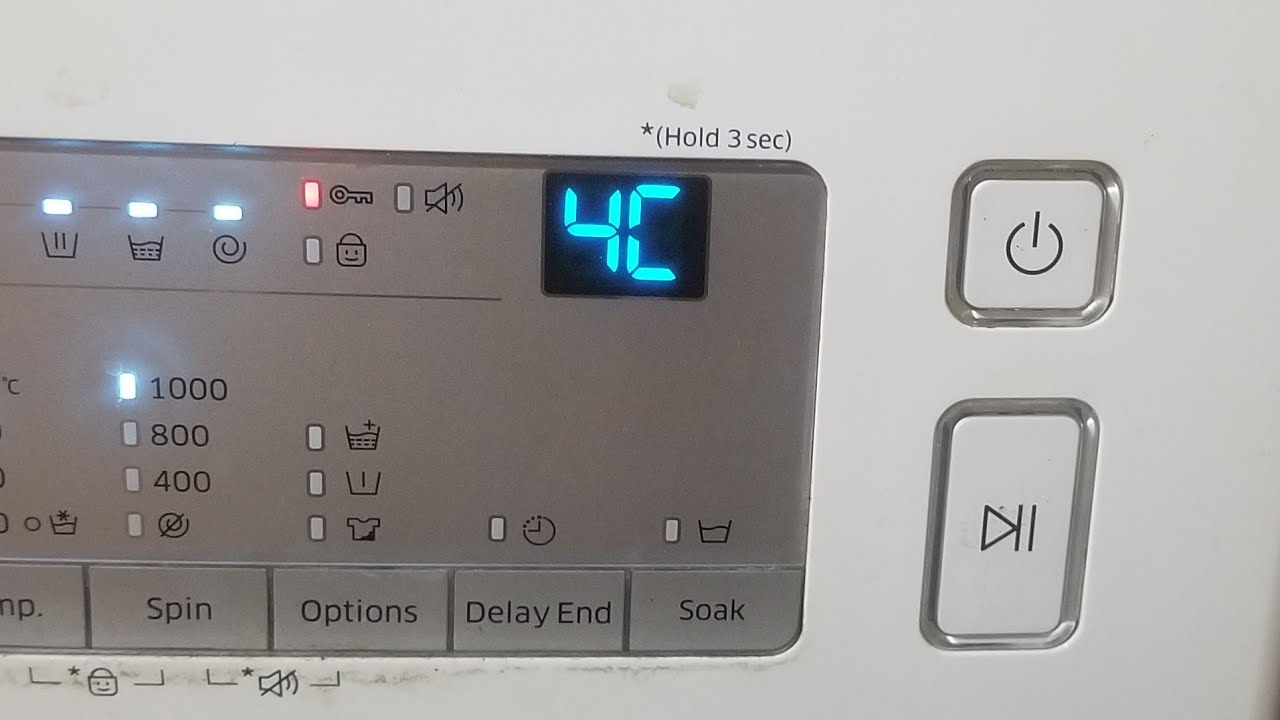
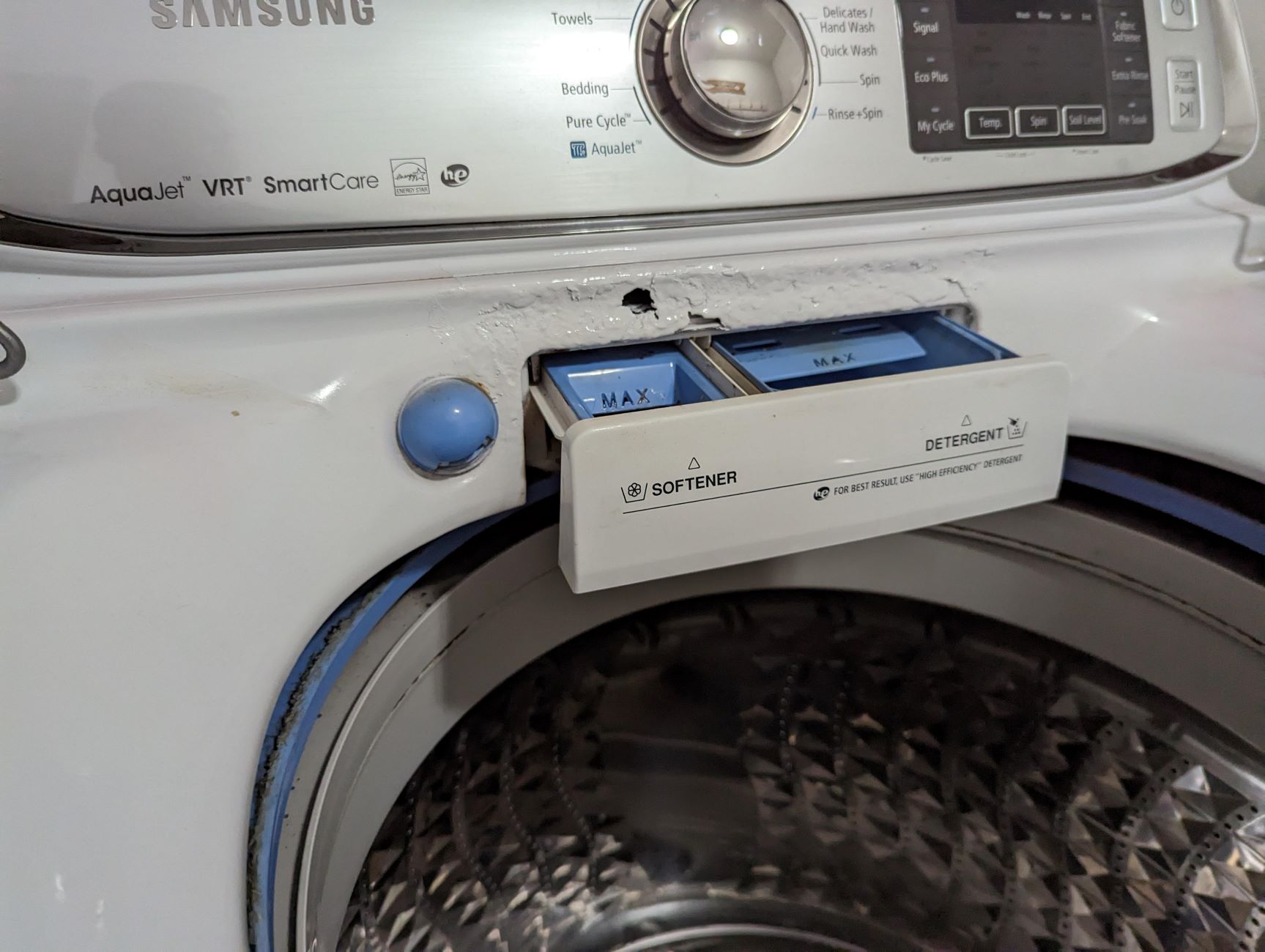
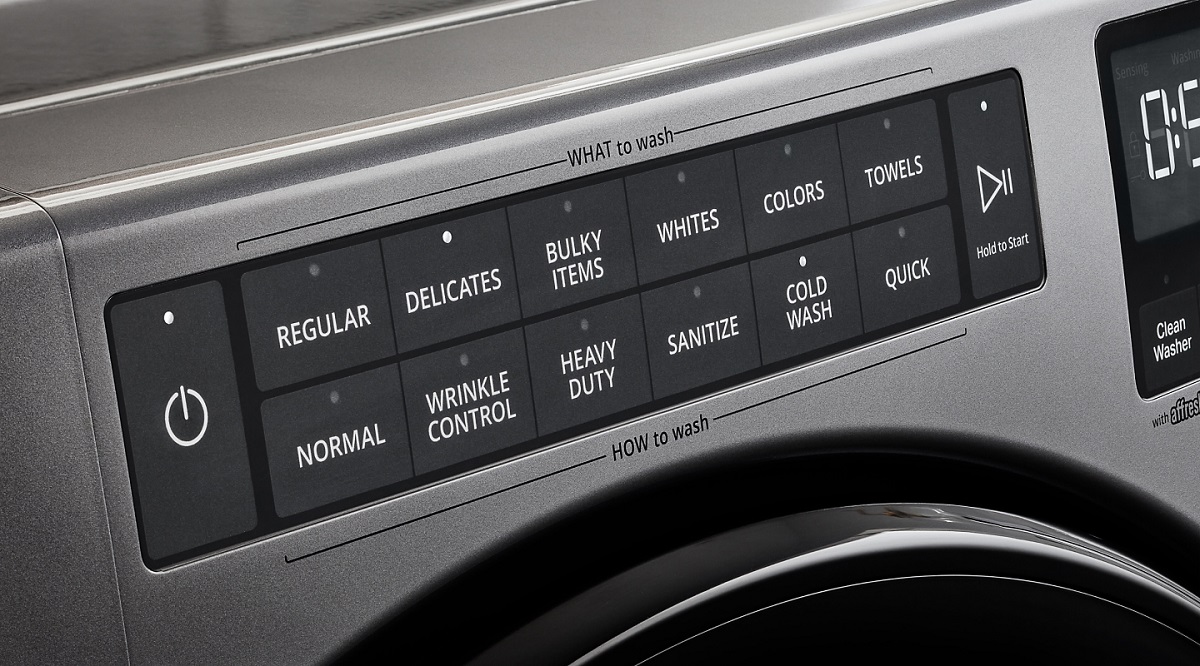
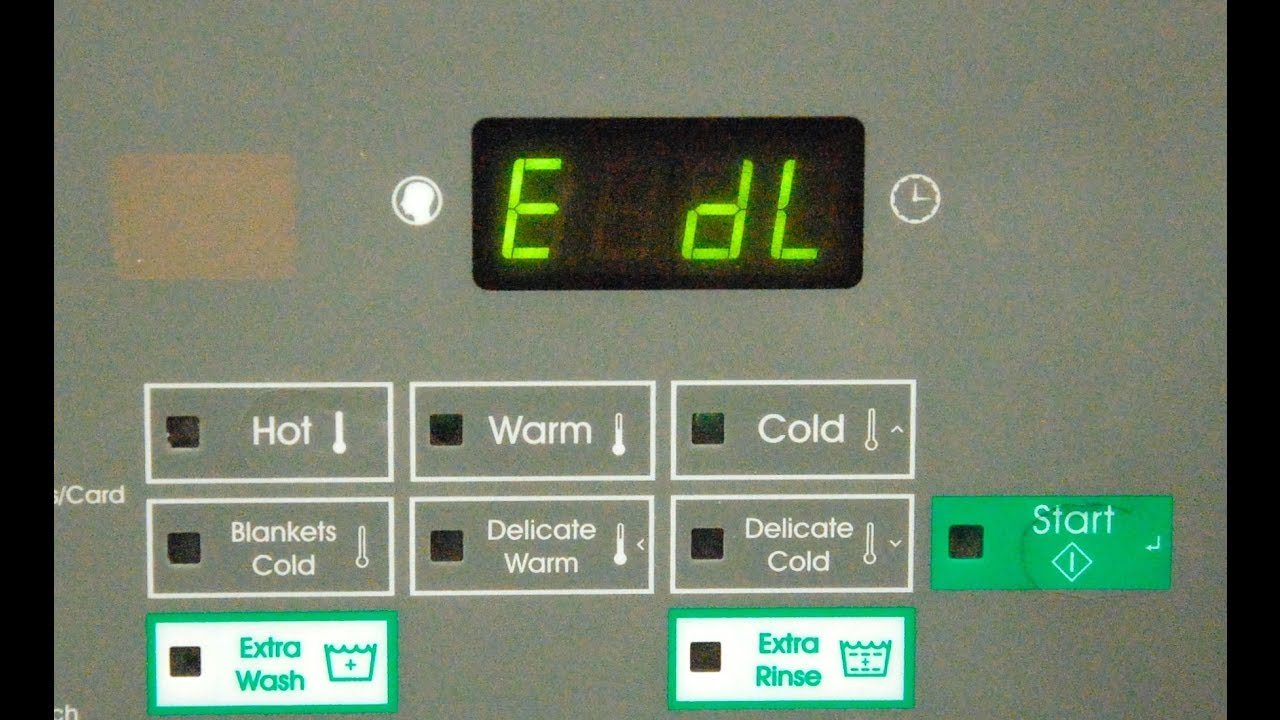
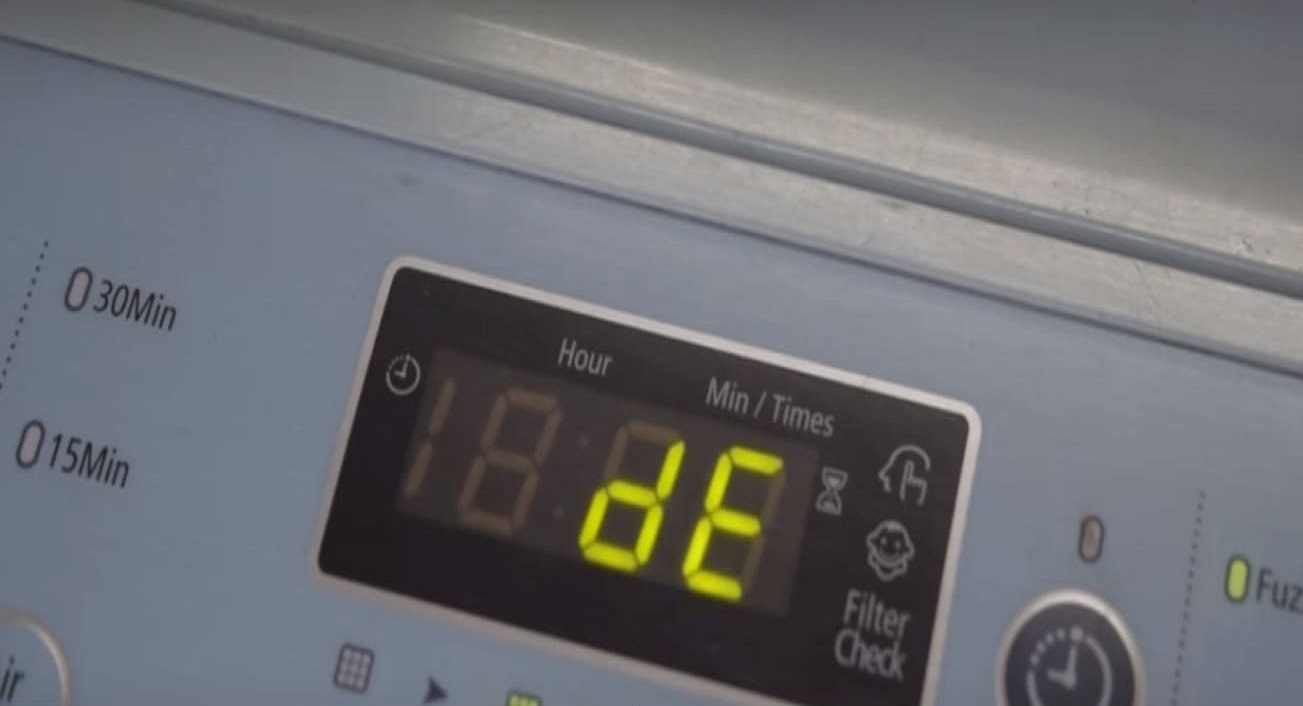

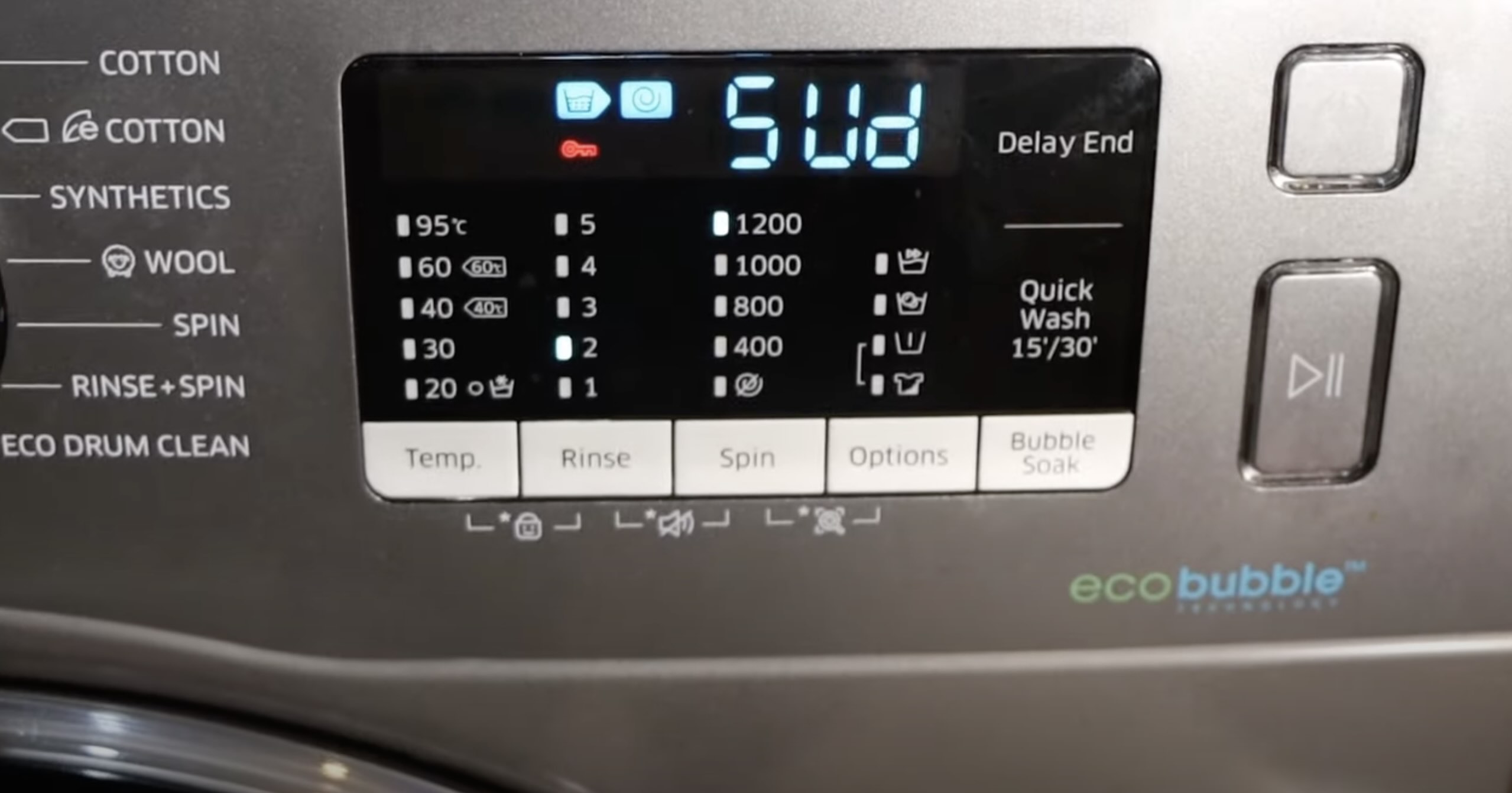

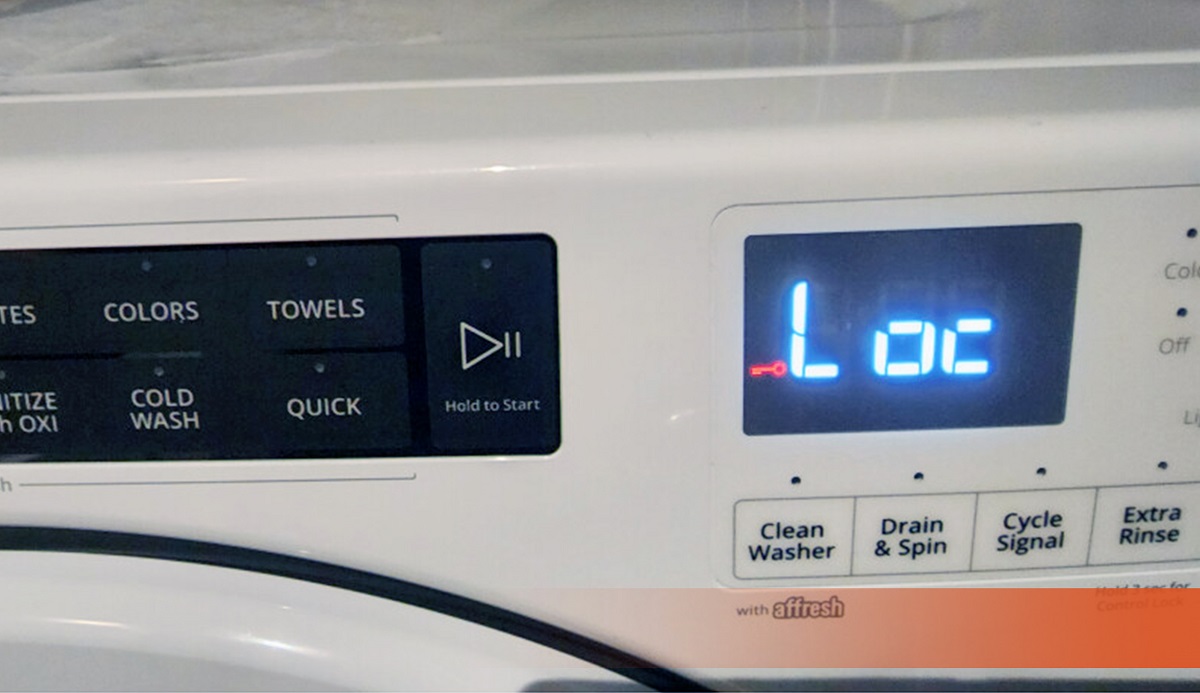
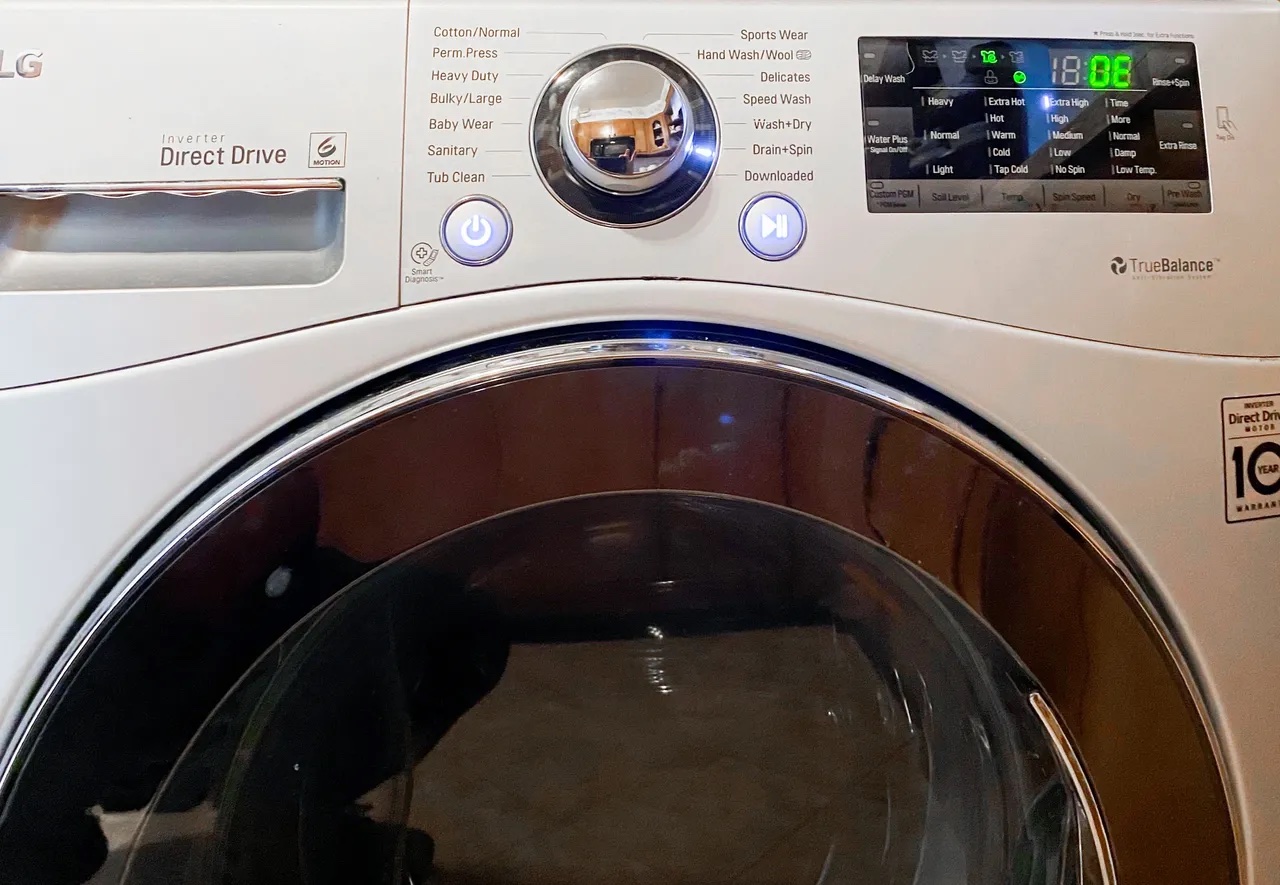
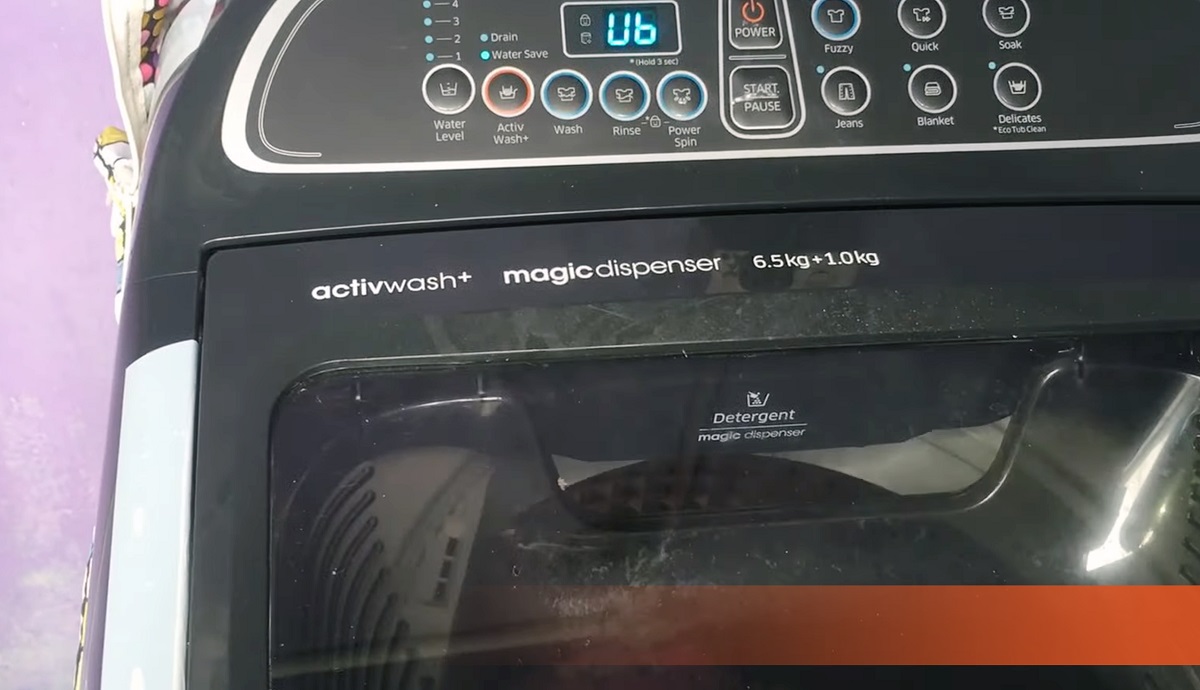
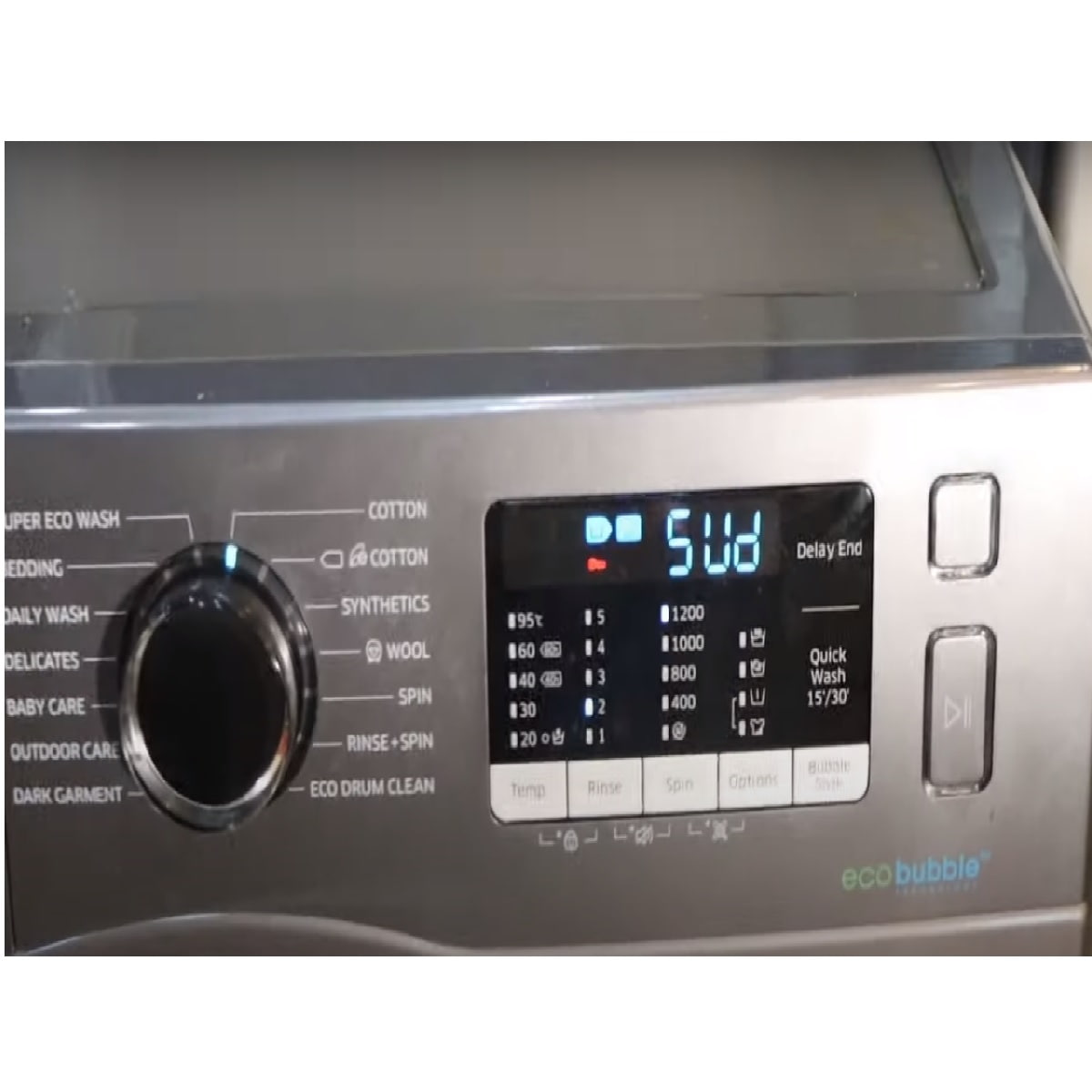

0 thoughts on “What Does E4 Mean On A Washing Machine”